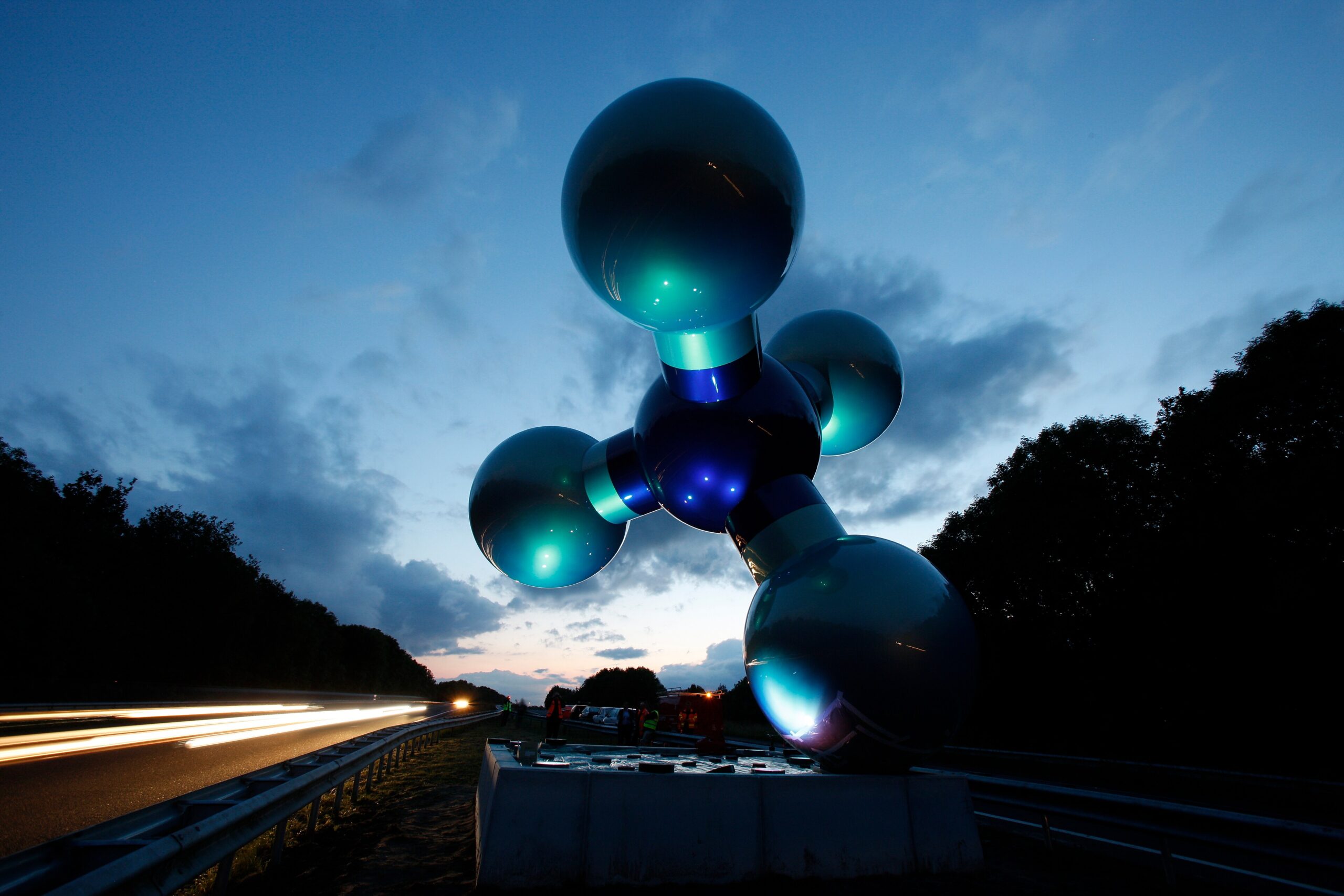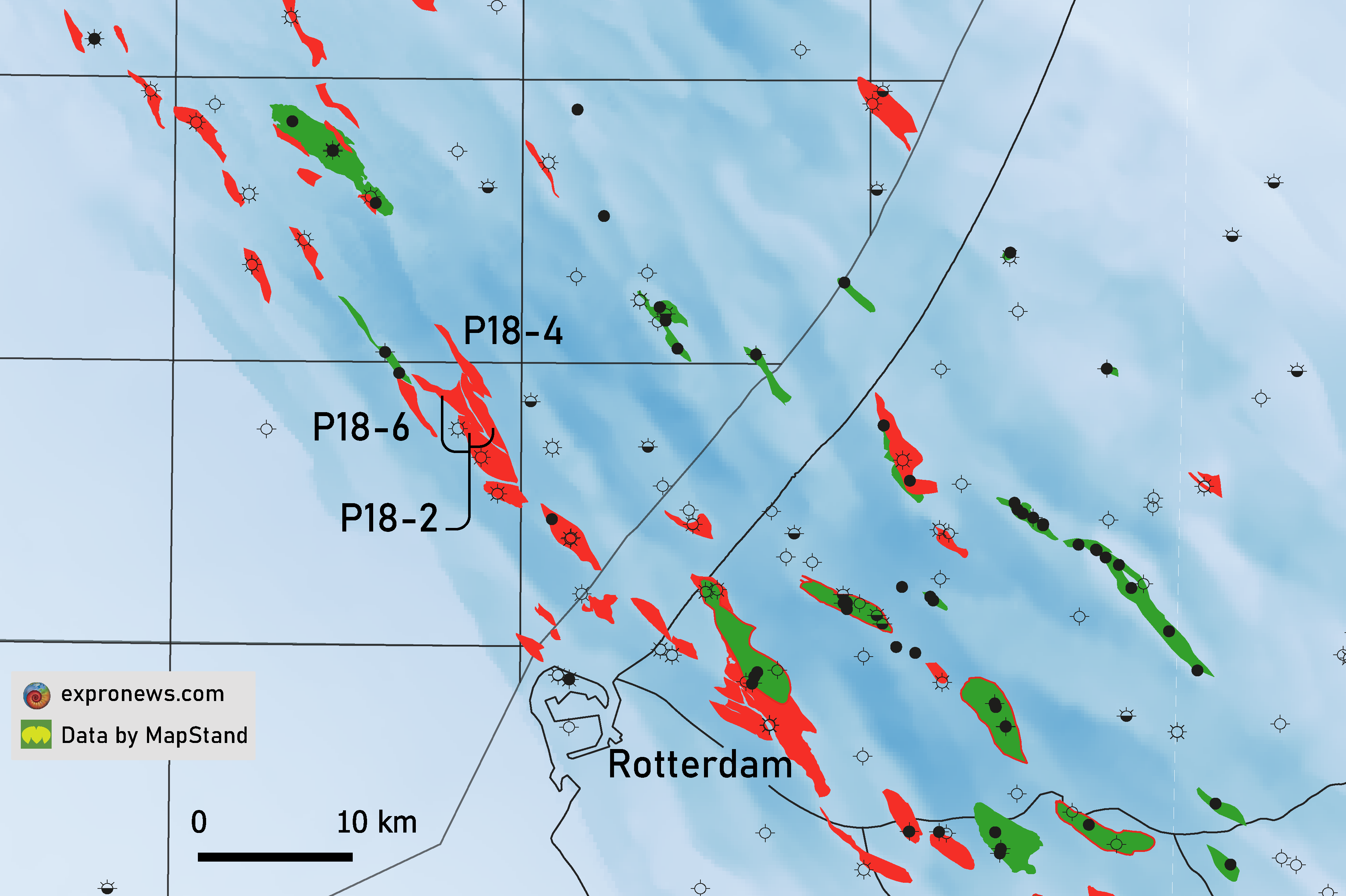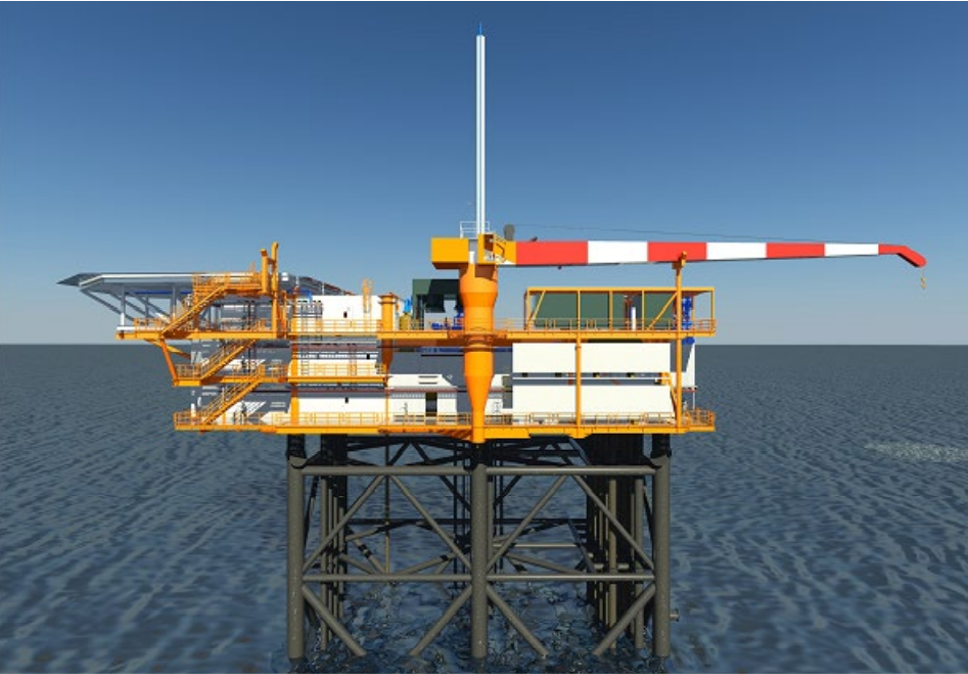In September last year, the Dutch government expected output from the giant Groningen field to be 3.9 Bcm in the current gas year. However, this week the minister announced an expected upward revision of this number to 7.6 Bcm if winter temperatures will end up being near-average. It means that output from Groningen will potentially double this year, which is a significant deviation from government policy and societal sentiment.
However, it must be stressed that only in 2018 output from Groningen in the 2021-22 gas year was still expected to be around 13 Bcm. The much more rapid decline is testament to the measures taken in the last years to decrease dependency on low-calorific Groningen gas.
What is the reason behind the upward revision that has now been announced?
Nitrogen
In order to guarantee supply of Groningen-quality gas, which has a relatively high nitrogen content of around 17%, a factory is currently being built in the north of the Netherlands that will be able to convert (imported) high-calorific gas to Groningen-quality gas. Delays in the construction process now mean that there is additional pressure to keep on producing Groningen gas.

More demand in Germany
Germany imports Groningen gas through long-term contracts. Despite ongoing and successful efforts to convert German consumers from being able to handle high-calorific gas, demand is higher than expected due to energy-saving mechanisms being less efficient than foreseen, the minister writes in a letter.
Induced seismicity
The government asked research institute TNO to investigate the effects of the increase in production on induced seismicity risks. Only after the publication of results the government will decide on the production increase.
It is still expected that this 2021-22 gas year, which runs to October 2022, is the last “regular” gas production cycle from Groningen. From mid-2022 onwards, the expectation is that no more gas from Groningen is needed even though some sites will remain on standby should circumstances unexpectedly change. That will leave around 450 Bcm of gas in place, from an initial ~2,800 Bcm at discovery.
HENK KOMBRINK





